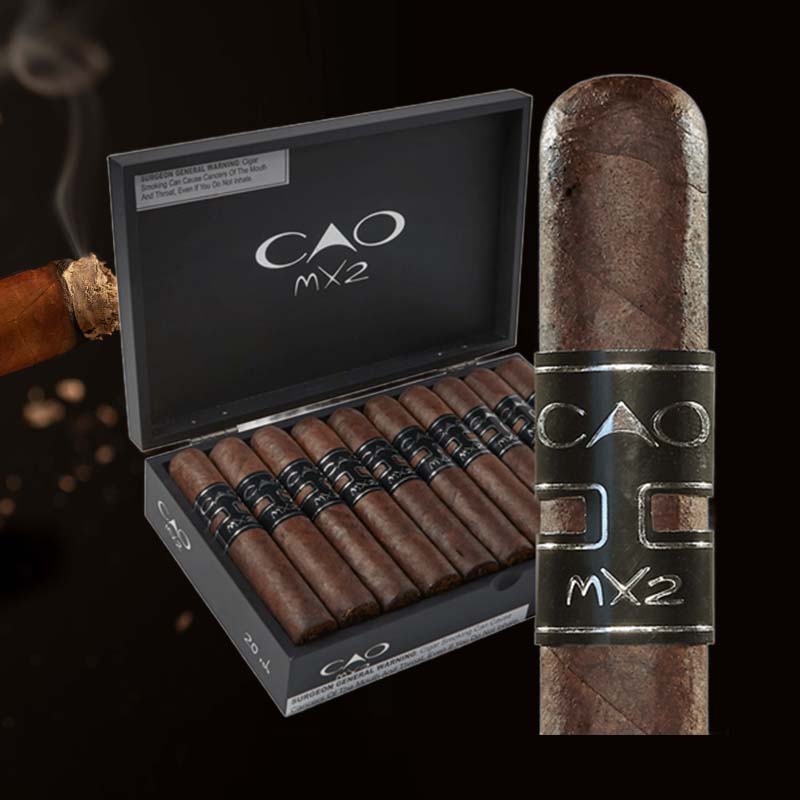How to get my torch lighter to work
There’s something incredibly satisfying about the flick of a flame, whether I’m lighting up my favorite cigar or setting the ambiance for a cozy gathering. However, in those moments when my trusty torch lighter refuses to ignite, that frustration can quickly turn to despair. Why is my torch lighter not working? This article dives deep into troubleshooting and solving lighter issues, so I can spark up those moments once again.
Why is my torch lighter not working?
When my lighter refuses to cooperate, I first take a moment to assess the situation. Understanding the common signs can guide me in determining the fault. Here are a few signs that indicate a malfunctioning lighter:
Common signs of a malfunctioning lighter
- No flame when ignited
- Weak or inconsistent flame
- Hissing sounds without ignition
- Difficulty in adjusting the flame height
- Fuel leaks or dampness around the lighter
Common torch lighter issues and how to fix them
Diving deeper, I’ve encountered several common torch lighter issues. A lot of times, I find that they’re simple fixes. Here’s a closer look:
5 Common issues that prevent a torch lighter from lighting
- Insufficient fuel
- Clogged jets
- Improper flame height settings
- Worn-out flint
- Leaks or internal obstructions
Diagnosing your torch lighter problem
Before diving into in-depth troubleshooting, I always perform a few initial checks. These help streamline the process and avoid unnecessary repairs.
Initial checks before troubleshooting
- Verify that the lighter is filled with fuel.
- Inspect the ignition mechanism for proper function.
- Look for visible damage or dirt on the lighter’s exterior.
- Ensure that I’m using the lighter in appropriate conditions.
Checking for fuel-related issues
Fuel-related problems are the most common culprits behind a non-functioning lighter. Knowing how to assess and refill them can save a lot of frustration.
How to determine if your lighter is out of fuel
If I press the ignition and nothing happens, I first check the fuel level. Many lighters have a viewing window; if it’s empty, I know it’s time for a refill.
Bleed the tank before refilling
I ensure to release any built-up pressure in the lighter before re-filling. I find a flat surface, press down the refill nozzle gently, and let any gas escape. This prevents overfilling.
How to refill your torch lighter correctly
- Hold the lighter upside down.
- Align the refill nozzle with the lighter’s intake.
- Press down firmly for 5-10 seconds.
- Let it sit for a couple of minutes before using.
Addressing flame issues
Once I’m sure the fuel is sufficient, I move on to flame issues. A properly functioning lighter should produce a robust flame.
Weak flame and how to fix it
If my lighter produces a weak flame, it could be due to a dirty jet. I take a soft brush or compressed air to clean the nozzle thoroughly.
Adjusting the flame height
Some of my lighters come with an adjustable flame feature. If the flame isn’t high enough, I adjust the flame height by turning the dial, found usually at the bottom of the lighter.
Cleaning and maintaining your torch lighter
Regular maintenance is essential for a long-lasting lighter. Cleaning it properly enhances performance and keeps surprises at bay.
Steps to clean the jets and wick
- Ensure the lighter is empty and cool.
- Use compressed air to clean the jets.
- Wipe the exterior with a damp cloth.
Purging your lighter to remove blockages
I find purging involves holding the lighter upside down, pressing the refill hole, and letting gas escape to clear blockages, making it more reliable.
Troubleshooting ignition problems
Sometimes, despite everything being right, I encounter ignition issues. Trouble-shooting these can make or break my experience.
What to do if your lighter sparks but won’t light
If I notice that my lighter sparks but fails to ignite, I check for clogging in the jets and ensure proper fuel flow. A bit of cleaning usually does the trick.
Checking the flint and spark components
I always check if the flint needs replacing or if the ignition system is worn out. If the flint appears too short, it’s time for a replacement.
Inspecting for leaks and hissing sounds
Any unexpected noises from my lighter warrant immediate inspection; this is especially true for hissing sounds that could indicate leaks.
How to identify leaks in your lighter
I can often identify leaks by smelling the fuel or noticing fuel around the lighter. If detected, keeping the lighter away from flames is crucial before troubleshooting.
What does a hissing sound indicate?
A hissing sound generally indicates that gas is escaping. I conclude this means there’s a leak, which should be repaired immediately for safety.
Dealing with environmental factors
Interestingly, I’ve noticed how environmental conditions affect my lighter’s performance. Dampness, for instance, can cause issues.
How dampness can affect your lighter’s performance
Exposure to moisture can lead to rusting or affect ignition. If I’ve been in a humid environment, I make sure to dry my lighter properly.
Final steps after troubleshooting
Once I’ve addressed the issues, it’s time to put everything back together and test out my lighter.
Putting your lighter back together
I double-check to ensure everything is securely in place, reattach the lid or cover if necessary, and cautiously refill my lighter with fuel before testing it.
Preventative maintenance tips for your torch lighter
To avoid future hiccups, a little preventative care can go a long way. Here’s what I find most useful:
Cleaning and checking your lighter regularly
I make it a habit to clean my torch lighter every few weeks. Regular checks on fuel levels, jet cleanliness, and overall condition keep my lighter in top shape for lighting moments.
FAQ
Why won’t my torch lighter work?
Many factors can stop a torch lighter from functioning, from an empty fuel tank to clogged jets. Regular maintenance can often pinpoint the issue.
Why does my torch lighter spark but not light?
If my lighter sparks but doesn’t ignite, it usually indicates a blockage in the jets or insufficient fuel flow, requiring cleaning or refilling.
Why is my torch lighter not hissing?
A lack of hissing may mean the lighter is out of fuel or leaking gas. Inspecting for visible signs of a leak is essential.
Why is this torch not lighting up?
If my torch refuses to light, it could be due to low fuel, a malfunctioning ignition system, or dirty jets that need immediate attention.













